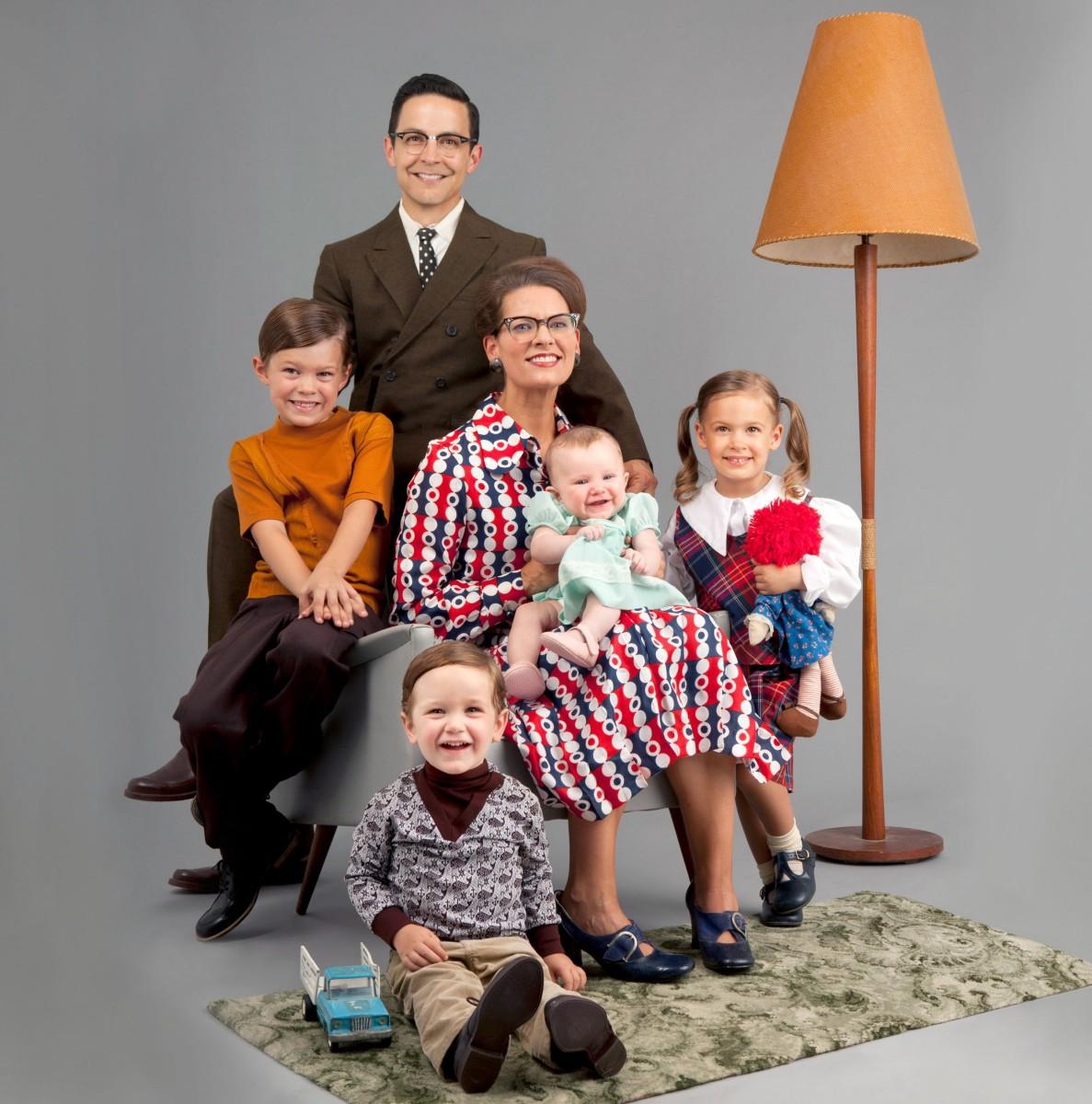The latest batch of 2011 census data released by Statistics Canada shows the changing face of Canadian families over the past five years.
Although traditional families composed of married couples declined between 2006 and 2011, they still formed the predominant family structure, accounting for two-thirds of all families.






